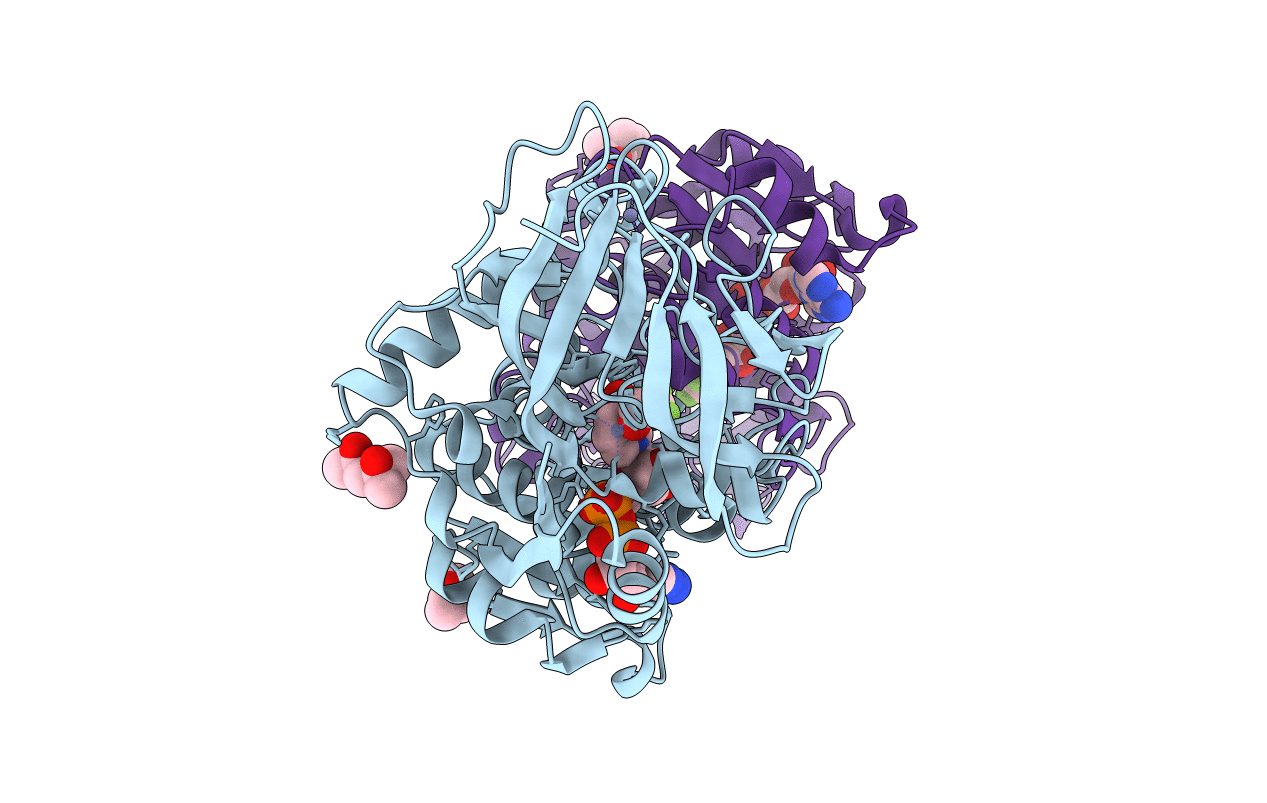
Deposition Date
2019-05-10
Release Date
2019-05-22
Last Version Date
2023-10-11
Entry Detail
PDB ID:
6OWP
Keywords:
Title:
Horse liver F93W alcohol dehydrogenase complexed with NAD and trifluoroethanol
Biological Source:
Source Organism:
Equus caballus (Taxon ID: 9796)
Host Organism:
Method Details:
Experimental Method:
Resolution:
1.14 Å
R-Value Free:
0.14
R-Value Work:
0.12
R-Value Observed:
0.12
Space Group:
P 1


